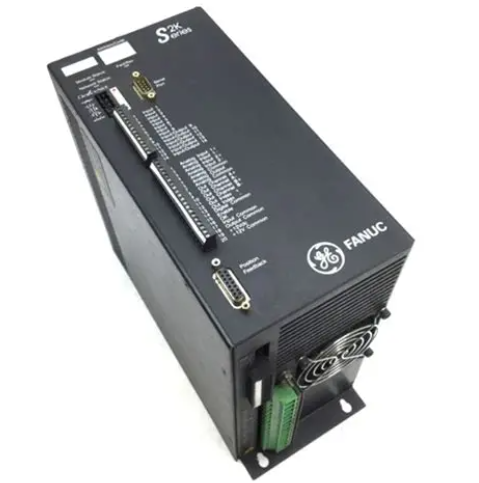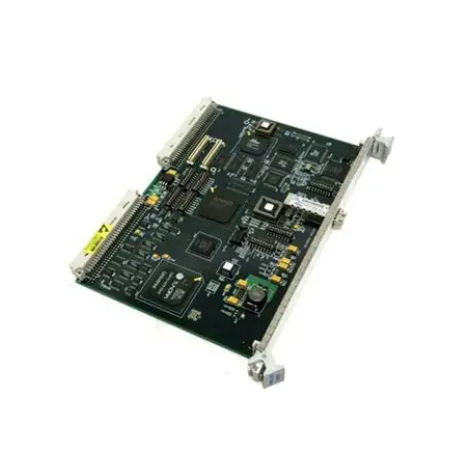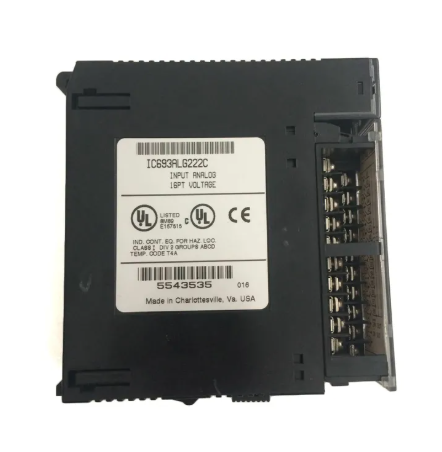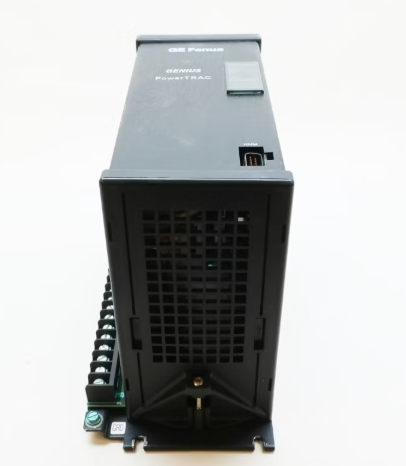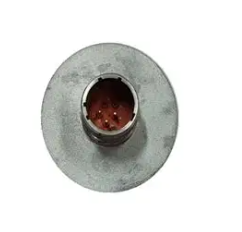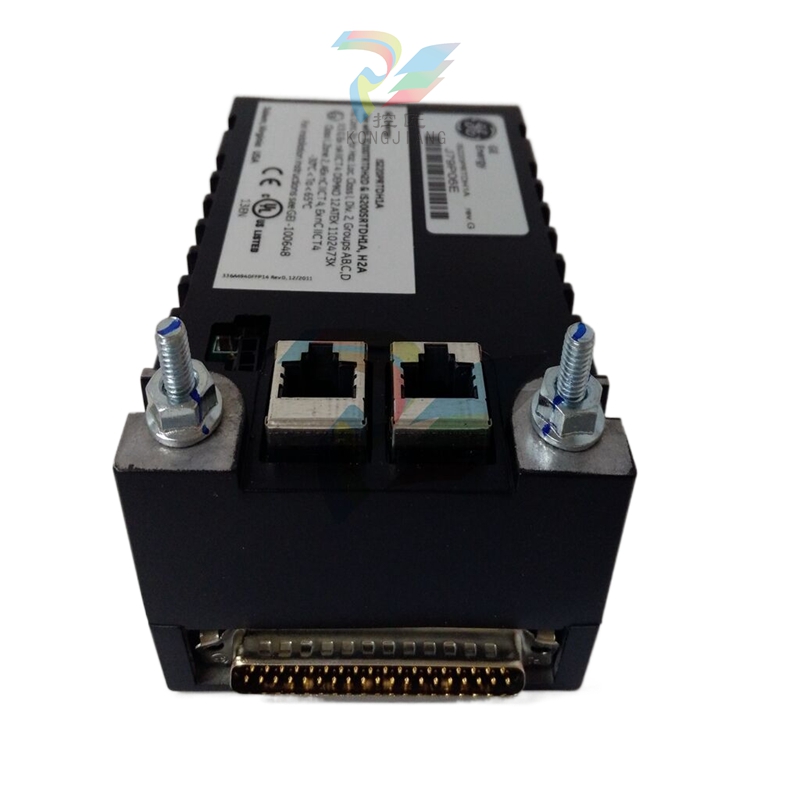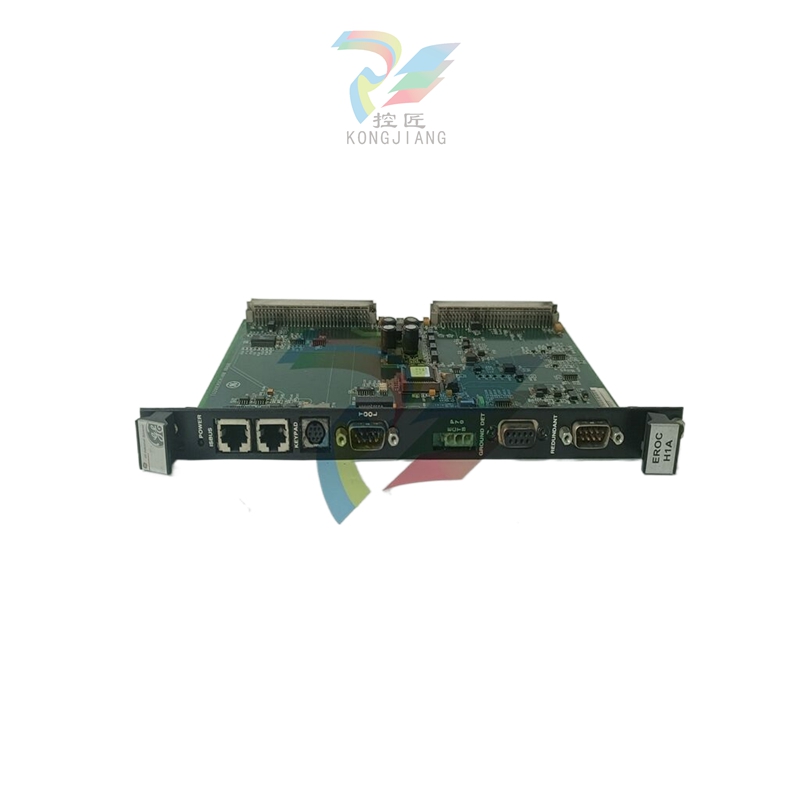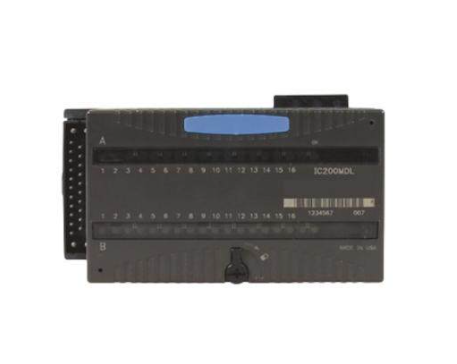Good news or bad news? -- Why do you want to develop nuclear power
1. Composition and classification of nuclear power plants
Whenever talking about nuclear power plants, whether it is news reports, knowledge questions, popular science articles or even grapevine news, there are a lot of "xx pile" such nouns. Sometimes it seems that there are such numbers as "second-generation reactors" or "third-generation reactors" (not second-generation and third-generation reactors), and sometimes there are "parallel goods" such as "pressurized water reactors" or "boiling water reactors", which the average person will be confused by. In fact, the classification of nuclear power roughly has two routes, the first route is divided according to the age, the second route is divided according to the type of pile. Reactor type refers to the type of reactor design in a nuclear power plant, which refers to a difference in principle rather than a technical adjustment. In fact, it is easy to see that the first type of way is artificial classification, and the second type of way is divided from the technical objective point of view. In order to see this more clearly, I have drawn the following diagram to help you understand the relationship.
From the division of time, it can now be divided into a generation of piles to four generations of piles. There is no clear definition of the generation reactor, according to the author's information, probably refers to the world's first reactor in 1942 to around 1960, in the experimental stage of the reactor. The author defines a category called the experimental reactor, but the term is my definition. Since the 1940s, nuclear reactors have been highly classified, so basically each country's reactor is its own system, and it is difficult to have anything in common. But what the first generation reactor and the experimental reactor have in common is that in the experimental stage, the data was highly confidential at the time, and now there is very little information. Even if there were grid-connected ones (like Obninsk, the first nuclear power plant in the Soviet Union), they didn't last very long.

As time entered the 1960s and 1970s of the last century, the technology of nuclear power plants gradually began to finalize, which is the so-called second-generation reactor. There are three main types of reactors in the second generation, which are light water reactor, heavy water reactor and gas cooled reactor. The classification of reactor types comes from the design of the reactor. In a reactor, fissile material (mainly uranium and plutonium) emits neutrons, but these neutrons are distributed at different energy levels (which can simply be understood as having different speeds). And the neutrons that are released can cause other fissile materials to continue fission and that's called a chain reaction, which is what we're looking for in a sustained nuclear reaction. This chain reaction requires a slower neutron, called a thermal neutron. But a lot of the neutrons that are released are going very fast, so we need something called a moderator to slow down the neutrons and keep the chain reaction going. In the Chernobyl game, there is a lot of mention of graphite blocks, which are the moderators used in the reactor. In addition to graphite, high-purity light water (that is, ordinary H2O) and heavy water (D2O) are both considered ideal moderators. In addition to the moderator, there is a basic parameter for the differentiation of the stack type is the coolant. The fission reaction continues to release a lot of heat, and we need coolant to move this part of the heat away, and then use it to generate electricity. The coolant mainly uses high-purity light water (that is, ordinary H2O) and heavy water (D2O), as well as high-purity inert gases (CO2 is generally used in second-generation reactors). We can see that light water and heavy water can act as both moderator and coolant, great! And light water is ordinary water, we can easily get (of course, this water refers to high purity deionized water, can not use tap water ah), this is simply perfect! Therefore, the largest proportion of second-generation reactors is light water reactors, which account for more than 95% of current reactors. However, the moderating effect of light water is not good enough, so a certain concentration of nuclear fuel is required (about 4-5% of U235 Fengdu), and natural uranium ore cannot be used (0.7% of U235 Fengdu). However, if heavy water is used, natural uranium ore can be directly used as fuel, which greatly reduces the preparation cost of raw materials, so that there is a heavy water reactor. But whether it is light water or heavy water, it is easy to vaporize, even at a certain pressure, their boiling point is relatively low. Therefore, light water and heavy water can carry relatively less heat as coolants, and the core outlet temperature is low. However, the use of gas as a coolant does not have this problem, you can get a much higher exit temperature, but CO2 can not be used as a moderator, so generally speaking, gas cooled reactors use graphite as a moderator, usually known as graphite gas cooled reactors. These are the three main types of second-generation reactors.
- EMERSON
- Honeywell
- CTI
- Rolls-Royce
- General Electric
- Woodward
- Yaskawa
- xYCOM
- Motorola
- Siemens
- Rockwell
- ABB
- B&R
- HIMA
- Construction site
- electricity
- Automobile market
- PLC
- DCS
- Motor drivers
- VSD
- Implications
- cement
- CO2
- CEM
- methane
- Artificial intelligence
- Titanic
- Solar energy
- Hydrogen fuel cell
- Hydrogen and fuel cells
- Hydrogen and oxygen fuel cells
- tyre
- Chemical fiber
- dynamo
- corpuscle
- Pulp and paper
- printing
- fossil
- FANUC
- Food and beverage
- Life science
- Sewage treatment
- Personal care
- electricity
- boats
- infrastructure
- Automobile industry
- metallurgy
- Nuclear power generation
- Geothermal power generation
- Water and wastewater
- Infrastructure construction
- Mine hazard
- steel
- papermaking
- Natural gas industry
- Infrastructure construction
- Power and energy
- Rubber and plastic
- Renewable energy
- pharmacy
- mining
- Plastic industry
- Schneider
- Kongsberg
- NI
- Wind energy
- International petroleum
- International new energy network
- gas
- WATLOW
- ProSoft
- SEW
- wind
- ADVANCED
- Reliance
- YOKOGAWA
- TRICONEX
- FOXBORO
- METSO
- MAN
- Advantest
- ADVANCED
- ALSTOM
- Control Wave
- AB
- AMAT
- STUDER
- KONGSBERG
- MOTOROLA
- DANAHER MOTION
- Bently
- Galil
- EATON
- MOLEX
- Triconex
- DEIF
- B&W
- ZYGO
- Aerotech
- DANFOSS
- KOLLMORGEN
- Beijer
- Endress+Hauser
- MOOG
- KB
- Moxa
- Rexroth
- YAMAHA
- Johnson
- Westinghouse
- WAGO
- TOSHIBA
- TEKTRONIX


Email:wang@kongjiangauto.com

















































































































